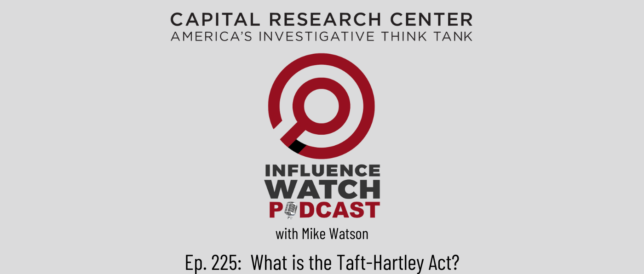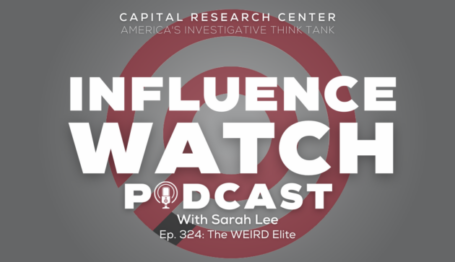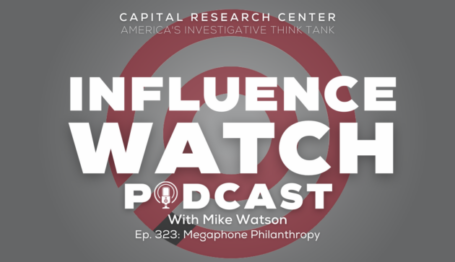Podcast
InfluenceWatch Podcast #225: What Is the Taft-Hartley Act?


Seventy-five years ago last week, the U.S. Congress overrode Harry Truman’s veto and enacted the Labor-Management Relations Act of 1947, better known as the Taft-Hartley Act. The law corrected imbalances of power among individual employees, employers, and labor unions that had emerged after the passage of the original Wagner Act in 1935 that had culminated in the largest strike wave in American history from 1945 through 1946. The law restricted “secondary” boycotts and strikes targeting “neutral” businesses, authorized the National Labor Relations Board to hold unions accountable for unfair labor practices, and explicitly recognized states’ powers to enact “right to work” laws that prohibit contract provisions requiring payment of union fees as a condition of employment. Joining me to celebrate the legacy of the Taft-Hartley Act and discuss where labor policy might be headed in the future is Mark Mix, president of the National Right to Work Legal Defense Foundation.
Listen to “Episode 225: What is the Taft-Hartley Act?” on Spreaker.



